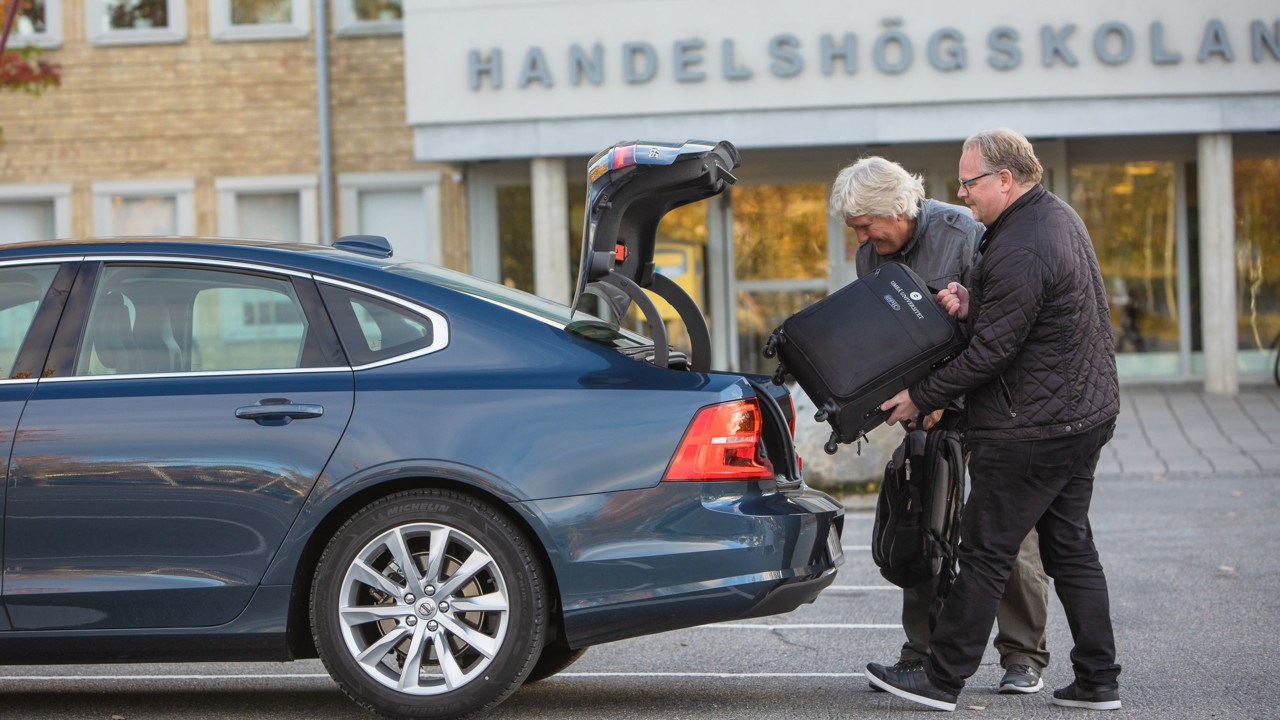Facts
The Head-teacher Training Programme is an in-service training at academic level providing new insights, creating networks and starting processes for development. The studies cover 30 credits and three fields: school law and exercise of public authority, management by objectives and results, and educational leadership.
Teaching primarily takes place through two- to three-day-long sessions with overnight stays, individual work from home, and course literature. Head teachers need to devote around 20 per cent of their working hours to the education over three years. The training is a part of a head teacher's work assignment.
The objective of the training is for the participants to gain sufficient knowledge to
• take responsibility for students and children getting equal and legally certain education,
• create the conditions for goal attainment on individual and organisation level, and
• be responsible for developing the organisation as a whole.
Source: The Swedish National Agency for Education







